SUMMARY
This is AI generated summarization, which may have errors. For context, always refer to the full article.
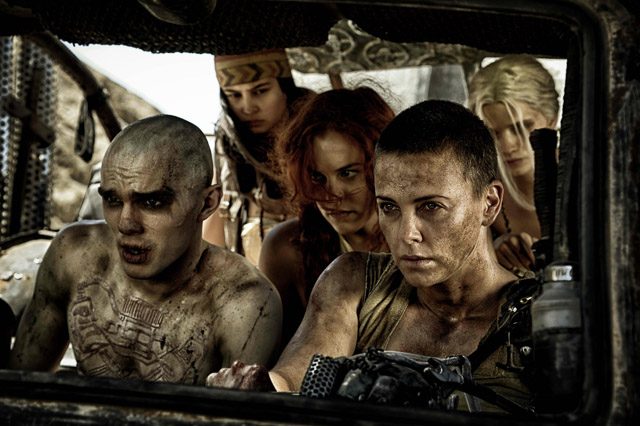
Let’s just do away with the obvious. George Miller’s Mad Max: Fury Road is an undeniable and absolute masterpiece.
As soon as Max (Tom Hardy, able to express a character’s frazzled soul without uttering a word) drives his car across the endless desert that is meant to be post-apocalyptic Australia, he is chased by white-faced marauders in muscle cars. He is eventually captured and brought to the marauders’ base to serve as some sort of provision, a blood bag for drivers who need replenishing every so often.
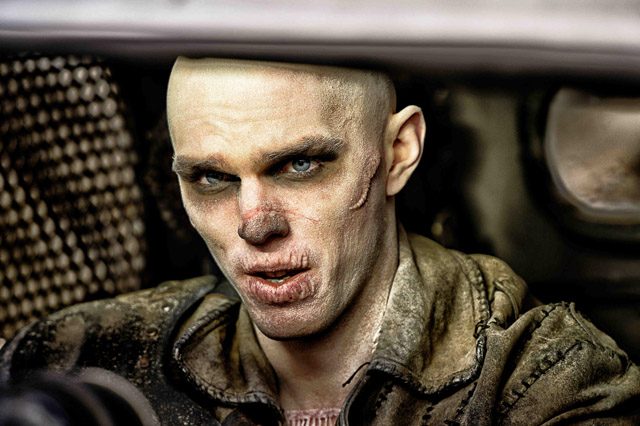
Of course, Max, who’s lived his life roaming the desert and fighting other people’s wars ever since he lost his wife and baby to lawlessness, doesn’t want to be imprisoned. He tries to escape, leading to a chase within a citadel, which eventually ends in him being recaptured.
Fury Road is basically a brazen medley of fantastically conceived chases, whether on foot or on wheels armored with spikes and other brutal inventions. It is deceptively simple, luring its audience with spectacle after spectacle, before revealing a heart as vast and as ferocious as the wasteland its rabid characters are traversing.
Age of spectacle
In an age of cinema as spectacle, Fury Road is king. Miller, with the help of cinematographer John Seale, creates a majestic tapestry of tangerine landscapes and blue-grey skies that are gracefully disrupted by a rampage of grotesque mutations of artifacts from the ‘80s. That’s also the decade where the world presumably met the apocalypse, if we are to follow the lore of the Mad Max series.
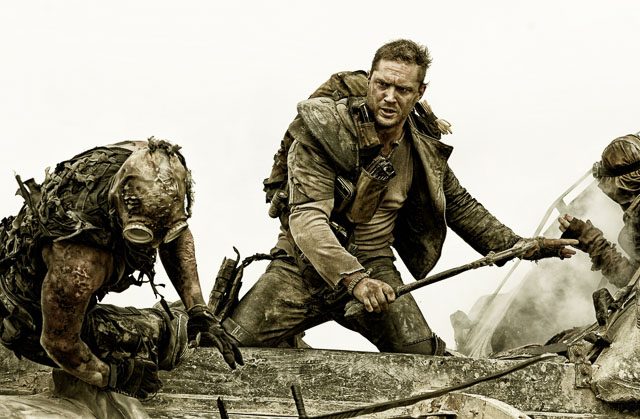
The result is a bizarre world that is as outrageous as it is familiar. Miller’s post-apocalypse has remnants of recognizable culture mixed in with the otherworldly and savage.
War drums are replaced by heavy metal music, absurdly played by an outlandish minion atop a gas-guzzling chariot. Iconic road machines are converted into armored tanks. Miller stubbornly retains a concept of a world that survives through the scraps from a fallen civilization. Although a lot of it is funny, the film’s cues to contemporary culture is not just played for humor but for horror, and for hope.
In one of the quieter scenes, Furiosa (an outstanding Charlize Theron), who spirited away the 5 wives of tyrannical ruler Immortan Joe (Hugh Keays-Byrne) which then leads to the mad chase across the desert, points to a satellite and explains how it was used to communicate. Fury Road is littered with scenes like this, where characters remember life before the apocalypse, before they were turned into misshapen monsters who exist only to survive.
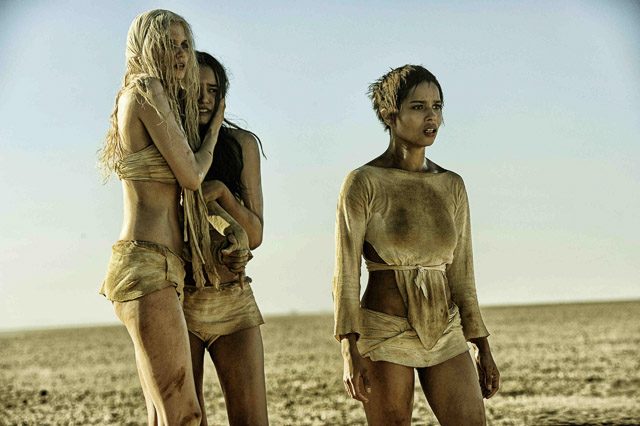
Beyond Fury Road
Fury Road, on the surface, may just be a series of brilliantly staged action scenes strung together by a narrative of women trying to escape an abusive god-king. This sparseness in narrative only allows for the film to keep pushing forward, without having to fall into the trap of being enveloped by the need to explain anything to anyone.
Miller is clearly a director who trusts his audience. This may have something to do with the fact that Fury Road is a film that owes its roots not to literature or pop culture, like a lot of today’s blockbusters, but to cinema.
Mad Max (1979) was a surprise hit when it was released, paving the way for its more ambitious sequels that expanded Miller’s dystopian setting into what it is now. Despite the first film’s obvious budgetary constraints, it already showcased an almost ruthless attraction to kinetic pageantry. The next films would attempt to outdo the key stunts of the former while enlarging the film’s lore, with Fury Road topping everything that has been previously done.
Fury Road does not need a labyrinthine plot to say something worthwhile. It only needs fully realized characters on a singular but spectacular journey for hope and redemption to echo humanity’s utmost needs. With Furiosa spearheading the adventure, guided only by Max who is only in it by some twist of fate, the film manifests a certain feminist leaning that is strange and very welcome in a blockbuster culture that is very much dominated by masculine philosophies.
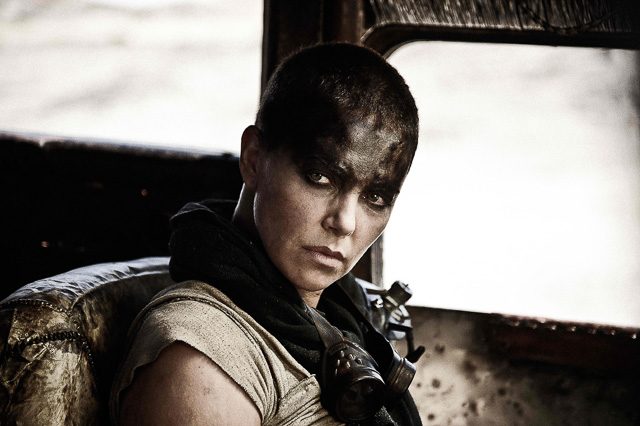
Miller’s time
The biggest surprise here is that it has been thirty years since Beyond Thunderdome and Mad Max does not feel both estranged to the series or to contemporary taste in action films. In between Beyond Thunderdome and Fury Road, Miller did a number of films, the most popular of which are about a self-aware pig and a dancing penguin. During that period, Hollywood fell under the spell of weightless and witless extravaganzas.
Seventy-year-old Miller, having created Fury Road mostly on practical effects in an era of cheats and their computer-generated action sequences, can only be deranged – in the best way. It’s all paid off. His film is a pinnacle among pretenders, in terms of both kinetic energy and heft of soul.
But of course, this can only be expected of Miller, especially when the dance sequences in Happy Feet (2006) have more coherence than the parade of explosions of the last Michael Bay film, and the pig in Babe: Pig in the City (1998)has more humanity than any of the human characters of a movie based on a Nicholas Sparks novel. – Rappler.com
 Francis Joseph Cruz litigates for a living and writes about cinema for fun. The first Filipino movie he saw in the theaters was Carlo J. Caparas’ ‘Tirad Pass.’ Since then, he’s been on a mission to find better memories with Philippine cinema. Profile photo by Fatcat Studios
Francis Joseph Cruz litigates for a living and writes about cinema for fun. The first Filipino movie he saw in the theaters was Carlo J. Caparas’ ‘Tirad Pass.’ Since then, he’s been on a mission to find better memories with Philippine cinema. Profile photo by Fatcat Studios
Add a comment
How does this make you feel?
There are no comments yet. Add your comment to start the conversation.